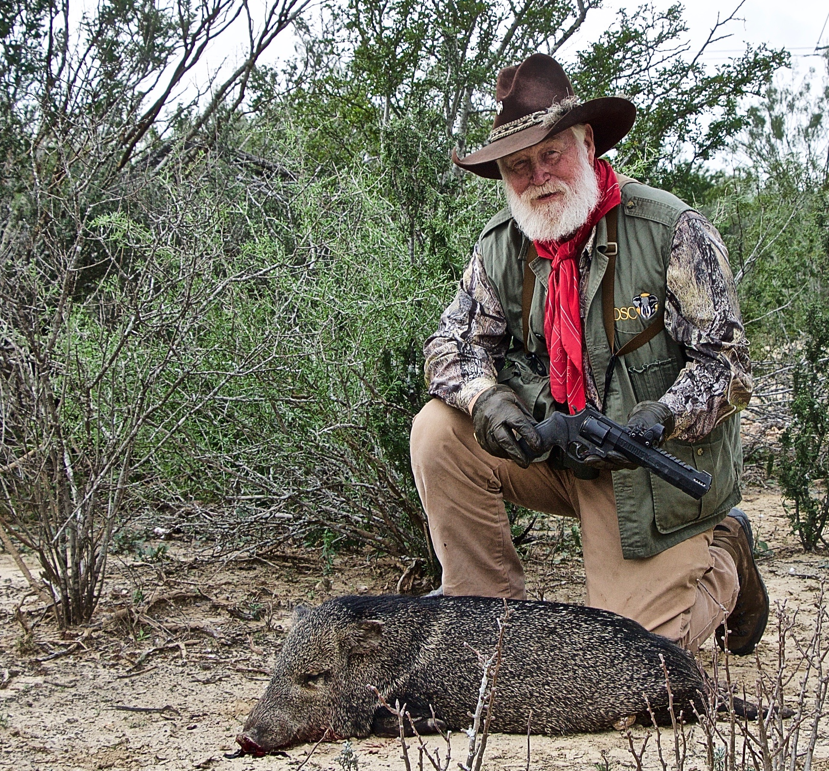By Don Senter, DSC Life Member
(This hunt report is an abridged version of a feature that was originally published in Hunters Quest Magazine, August/September 1982. Hunters Quest was jointly published by the Dallas and Houston Safari Clubs.)
Three sevens. Or was it 777? The numbers kept popping through my head as I finished preparations to leave for Alberta in pursuit of a Rocky Mountain bighorn, the final trophy of my North American Sheep Slam.
The numbers kept coming back to me even during the flight to Calgary. What did they mean? I had experienced similar premonitions prior to other hunting trips – each of them successful. And so this one, the question of the sevens, left me with a good feeling. Without understanding the meaning, I knew that success was on the horizon, and probably in less than the 16 days scheduled.
Anxiously awaiting me at Calgary, as I quickly cleared customs, were Alfie Miller, our driver to the Rocky Mountain house; and Louis Rusitto, another hunter from Pennsylvania who was also scheduled to hunt with Chester Sands….
Coral Creek lies just east of White Goat Wilderness, south of Jasper National Park and northeast of Banff National Park. A bobtail truck carrying the horses already had been unloaded when we arrived, and my guide, Ron Mitchell, had them saddled and packed. We had eight pack horses and four saddle horses….
That evening, we camped on a large creek about 45 minutes from Coral Creek and began hunting in mixed weather….
By Thursday, the sevens begin to come into play. We awoke with daylight at 7 a.m. (instead of 5 a.m. as planned). All four of us saddled up and headed to the head of Coral. En route, we stopped at Ed McKenzie’s camp where Ed and his wife were hosting two sheep hunters and their wives. They had taken only a small ram but reported spotting four large ones at a great distance.
Later that day, Ron spotted the four rams across a basin. Two were half-curls, one was legal, and the fourth was marginal.
But it made little difference, really, because there was no way to stalk without being seen.
We were all tired on the trek back to camp – but not too tired to hunt. While looking across a mud slide on a grassy slope, something caught my eye. On horseback, the binocular wasn’t steady enough so I bailed off for a better look. Sure enough, there was a good ram looking at all four of us from a distance of about 1,000 yards. Ron yelled for Chester and Lou who had ridden ahead of us. Chester set up the spotting scope and estimated the ram at least 32-34 inches.
It was then that Chester looked at his watch and said, “Seven o’clock.” Obviously, it was too late to launch a stalk on a nervous ram who never took his eyes off of us. But the mention of seven brightened my outlook. We would try for the ram tomorrow.
Friday – Day seven − dawned and we finally made our way to the top of the slide and spotted the ram on a rocky slope near the center of a basin. With the cliff off to the left and open rocky slopes to the right, there was no way to approach the ram. We decided to wait for him to come down and feed. So we worked our way back across the dangerous mud slide and set up behind a big spruce tree to have lunch and a nap.
Later, the ram did move into a small pocket on the slope, fed for a while and finally bedded in a spot out of view.
So back across the slide we scrambled, then ran a good 500 yards across the floor of the basin. We were in a good position and had only to climb the slope very quietly until we could see into the pocket where the ram had bedded.
Carefully and quietly, we worked our way up the slope until we thought we were close enough. Finally, Ron raised his head enough to view the ram, still bedded but with his head facing us. I sneaked a quick look, and Ron whispered for me to get ready.
The ram heard us and was standing at the instant I fired at a distance of 40 yards. He bolted for 40 yards, stopped and turned for a second look. Ron yelled for me to take a second shot, but there was a problem.
Working the action after the first shot, the bolt had come completely out of the rifle. Quickly, I had to change positions to get the bolt back into the rifle and chamber a second cartridge. The next shot put the ram down solidly.
As it turned out, the initial shot at such close range had gone completely through the ram. He was dead but didn’t know it.
The sevens? Waking at 7 a.m. on the day we spotted the ram at 7 p.m., and taking him on the 7th day.




